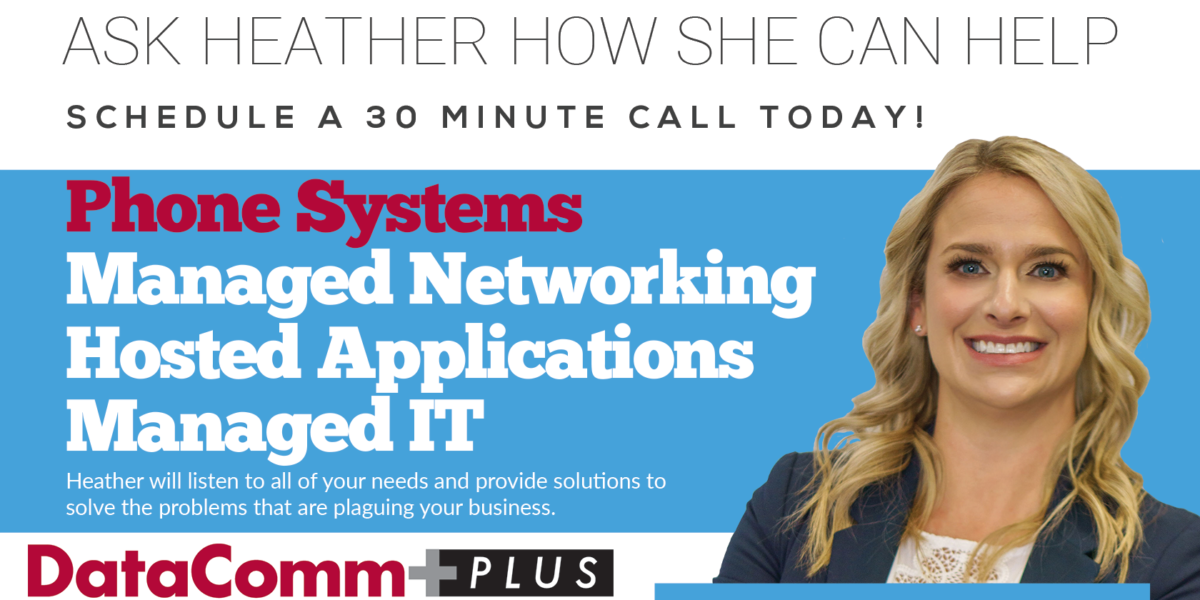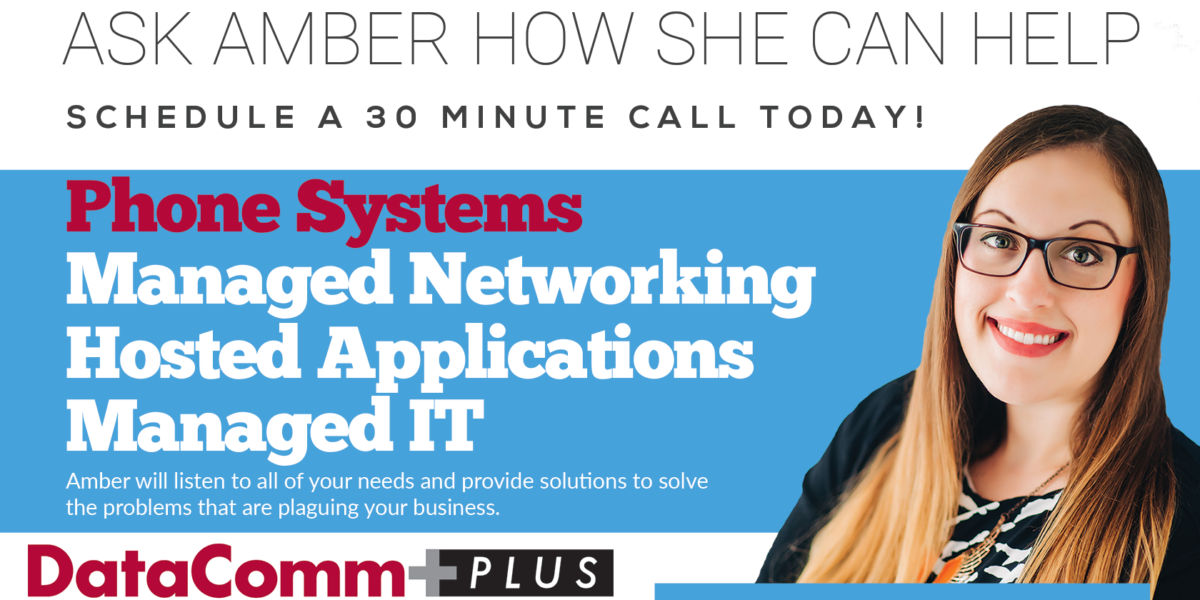In recent years, the number of nonprofit organizations that have remote staff has increased dramatically. This is due, in part, to advances in technology that have made it easier for people to work from anywhere in the world. However, this also presents a challenge for nonprofits that need to find ways to support their remote staff without breaking the bank. In this blog post, we will discuss 3 ways VoIP (Voice over IP) systems can help nonprofit organizations.
Reaping the Benefits of VoIP
VOIP Reduces Technology Expenses
One of the biggest benefits of using VoIP systems for non-profit organizations is that they are typically much more affordable than traditional phone systems. VoIP systems for nonprofit organizations are very scalable. This means that you can easily add or remove users as needed, without having to worry about violating your contract or incurring additional fees. In addition, they can be easily customized to meet the specific needs of your organization. This means that you can choose features like mobile applications for cell phones, voicemail to email and transcription abilities, and video collaboration tools that will best suit the needs of your remote staff.
Stay Connected While in the Field
Additionally, VoIP systems are perfect for organizations where the staff is frequently conducting events in the field while still supporting day-to-day office functions. BizTech Magazine recently highlighted the growing need for organizations to offer the ability to work both remotely and on the move. “Whether your staff is on the front lines serving your nonprofit’s mission, or your volunteers are doing crucial advocacy…, technology is now mandatory in the field,” stated the BizTech article.
With a VoIP system, staff can easily call and connect with each other without having to worry about being tied to their desk.
Eliminate Complicated Hardware and the Need for Extensive IT Knowledge
Finally, VoIP systems are also great for nonprofit organizations that have limited IT resources. Unlike traditional phone systems, they do not require any special or proprietary hardware. This means that you can manage your extension on the phone system from any computer with an Internet connection. Setting the system up initially may involve a review of your network equipment onsite to make sure the VoIP system is set up for success. DataComm can find and upgrade any parts of your network, and manage it, so that your new system functions quickly and efficiently.
Important VoIP Features
Now that we’ve discussed the benefits of VoIP systems for nonprofit organizations, let’s take a look at some of the most important features to look for when selecting a system. The following are three features that we believe are essential for any VoIP system used by a nonprofit organization:
Mobile Applications for Cell Phones
One of the most important features for any nonprofit with remote staff will be the ability for them to have their extension on their cell phone. Using an iPhone or Android, you can easily make and take calls as if you’re in the office and actually use the main phone number of the nonprofit, instead of your cell phone number. You can also easily transfer calls back to people in different departments all with a click in your app. .
Voicemail to Email and Transcriptions
Another essential feature is to make sure any voicemails left are not only trapped on the phone in the office. Voicemails can be sent via audio .wav file to your email, so that you can forward that email off to others or CC multiple team members to figure out the best way to handle the voicemail and situation. Some VoIP systems also come with the ability to see the voicemail transcription in the body of the email. This comes in handy when you’re going in between volunteer sites to skim the message and decide if it’s urgent or not.
Video Collaboration
Video conferencing with robust screen sharing, white boarding and chat features can often help in group collaborations with people in your organization and outside of it. Even better than conference calling, this allows you to hold team meetings or brainstorming sessions no matter where you are and to have that personal interaction of being able to see each other and all look at the same document or screen at the same time for better clarifications
Selecting the Right VoIP System and Provider
Now that you understand the benefits and features of VoIP systems for nonprofit organizations, it’s time to select the right system and provider.
It is important to consider your organization’s needs and budget. There are some initial technology details to also consider, including:
- The type of phone system features that would work best for your organization
- Any cabling required for any phones
- Any switches required to support Power over Ethernet (PoE) phones; if you are using physical desk phones
- The number of wireless access points required for sufficient WiFi coverage if using VoIP mobile applications or WiFi specific phones (to avoid laborious cabling.)
- How many users/extensions do you need?
- Is there a minimum contract term?
- How much support will the company provide during training and after installation?
The right technology company will be able to help you assess your current infrastructure and determine what is needed to support your VoIP system.
If your organization is looking for a new solution, be sure to contact DataComm today. We offer nonprofit organizations the best in VOIP technology and special discounts and we try to support our local community. Contact us today to learn more about how our systems can help support your remote staff via sales@datacommplus.com or call 262-784-2311.




